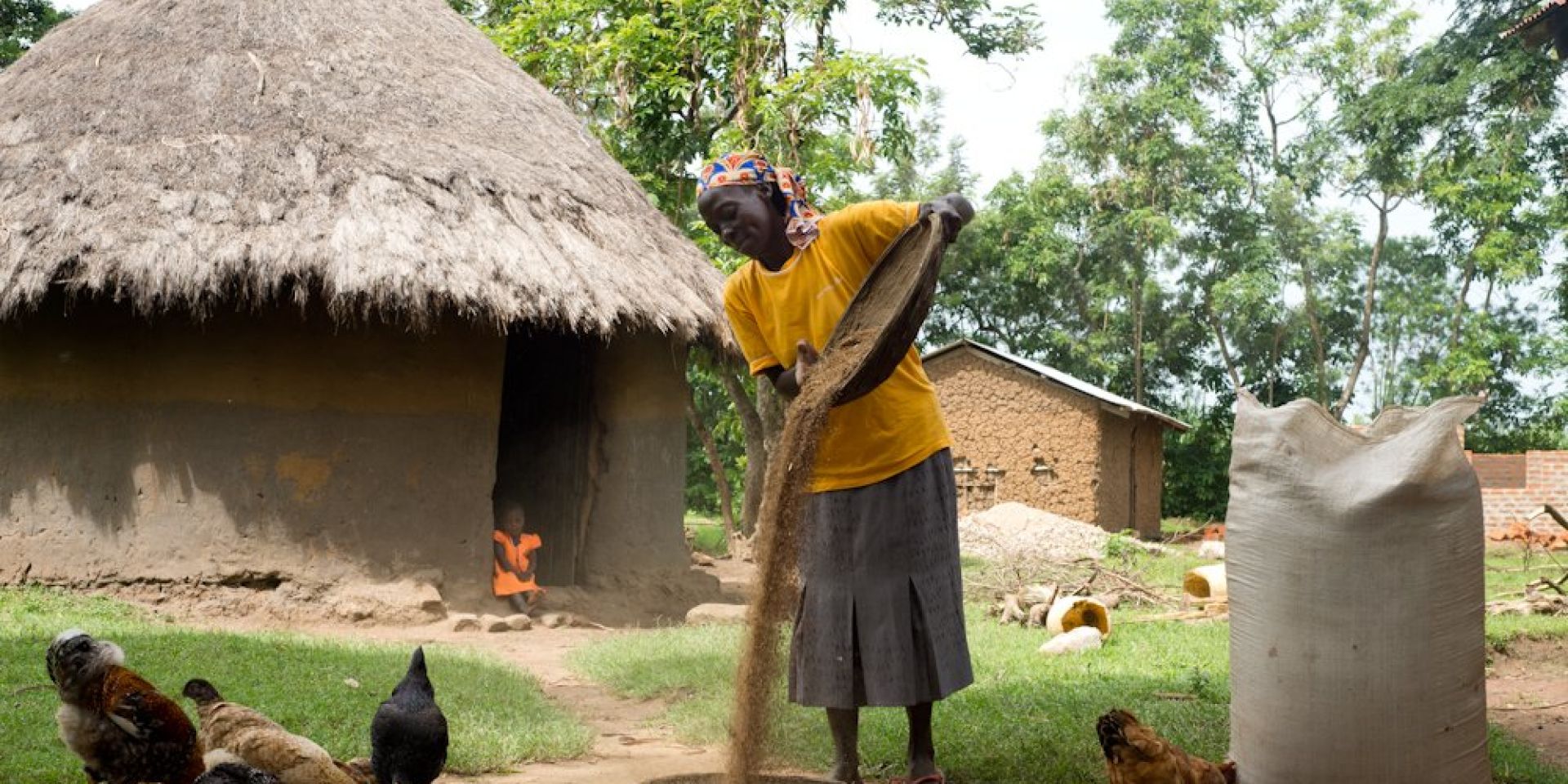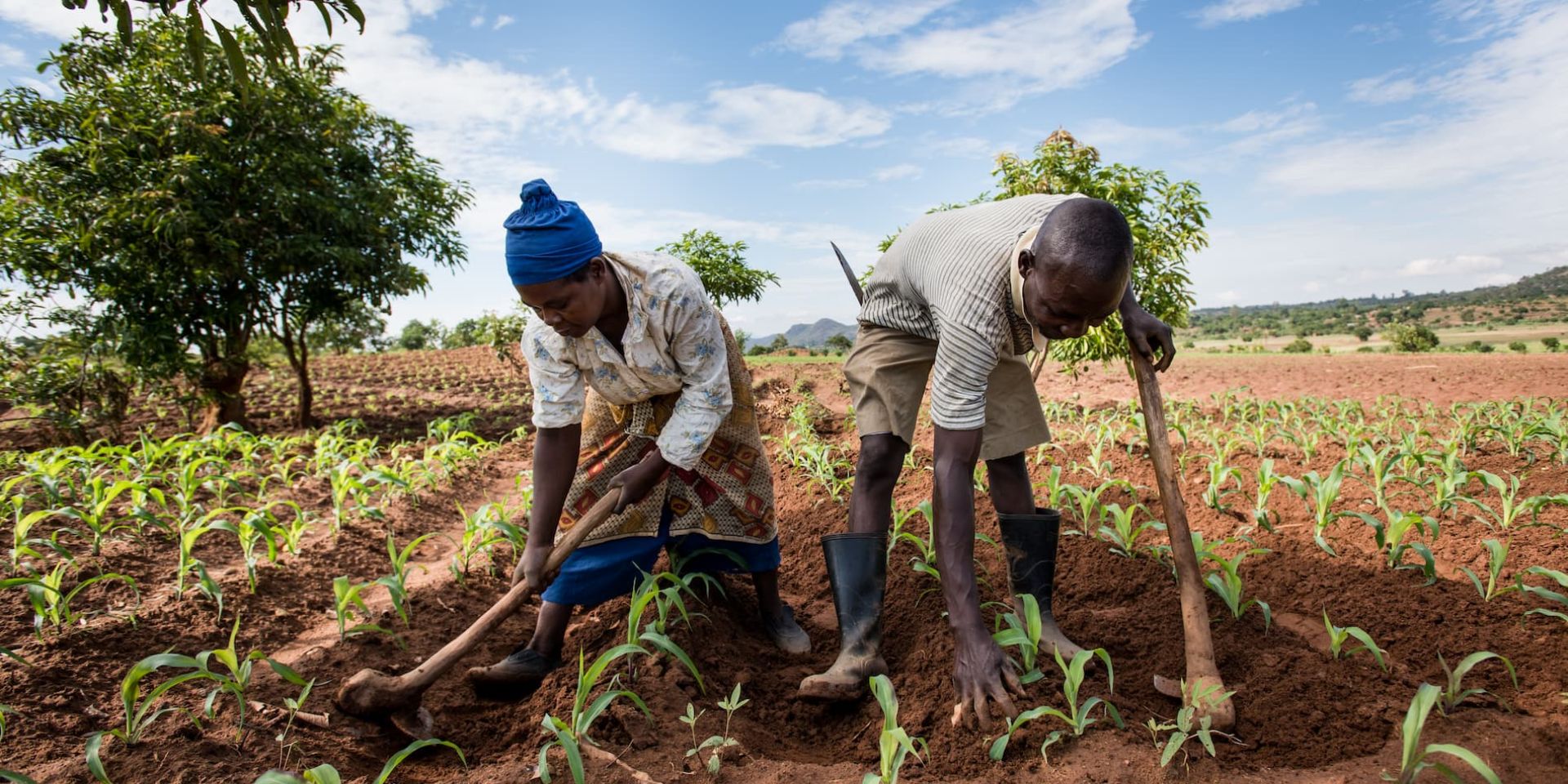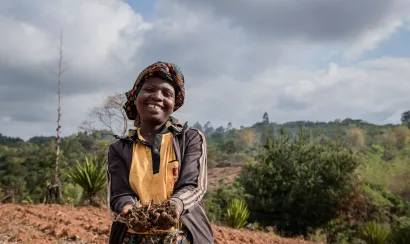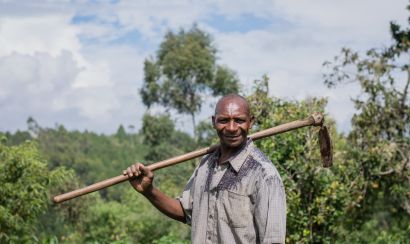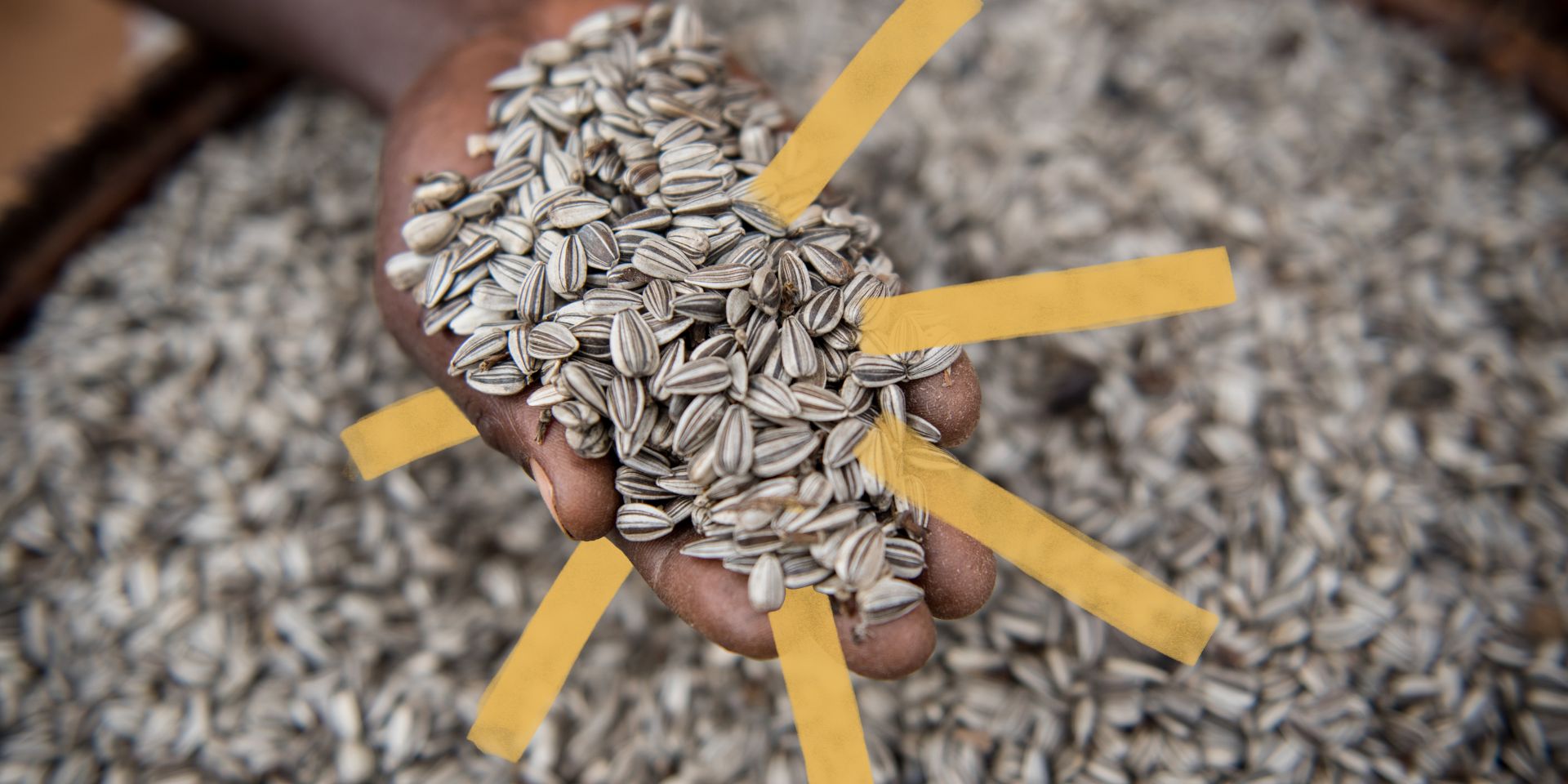The Benefits of Growing Millet and Other Drought-Resistant Crops
Beatrice Sangula
“Millet is my bank. When I have millet in the house, I don’t worry about money. I can cash it in anytime I want,” says Beatrice Sangula, beaming.
Beatrice, a smallholder farmer in Nakhwana village in western Kenya, has farmed millet all her life. She learned how to farm from her parents, and now she’s doing it herself. One of the most important things she learned from her parents was timing. Planting millet early, before the onset of the rains in mid to late February, increased her chances of a better harvest.
“Millet is not like maize or other crops. I’ve realized millet germination is not all that dependent on rain. I expect to harvest every time I plant millet, even in the seasons when my village receives little rainfall,” Beatrice explains.
Resiliency To Changing Weather Conditions
In early 2014, the Kenyan government announced an impending drought. Maize, the primary staple crop grown by many Kenyan smallholder farmers, requires adequate rainfall in order to thrive. Facing insufficient rainfall, an estimated 1.6 million people were facing prolonged periods of hunger and meal-skipping.
Making farmers more resilient to changing weather conditions is a critical part of fighting hunger. With rainfall becoming less and less consistent, One Acre Fund is encouraging farmers to plant drought-resistant crops, including millet and sorghum. This year, in honor of World Day to Combat Drought and Desertification, we’d like to feature Beatrice Sangula and her success with millet.
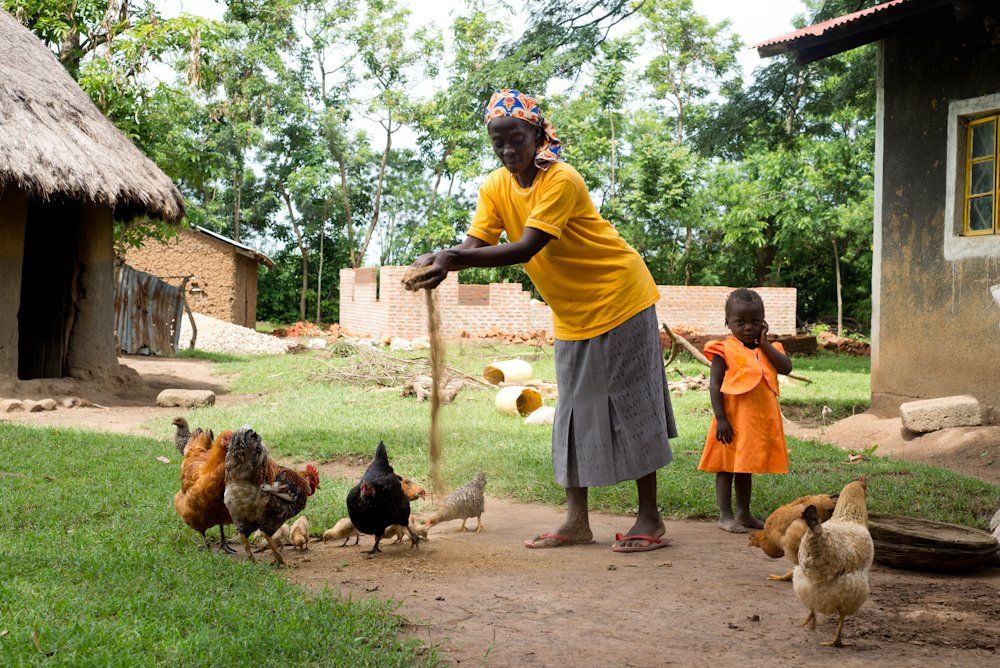
Beatrice's Concerns with Growing Millet
Beatrice knew she should plant millet early. Even so, for many years she didn’t. The problem was that millet prices were sky high around planting season in February, when demand was high. Beatrice could not afford to buy seed. So she would wait until April or May when the prices had dropped. But by that time the heavy rains had already started, often destroying most of her crop. A 50-pounds harvest was all she could count on for her quarter-acre plot.
For many years, Beatrice was not too worried by her poor millet harvests. After all, millet wasn’t her main crop. The maize she grew on the rest of her farm would satisfy most of her family’s food needs. However, in 2012 Beatrice noticed a change in her maize field. Before she knew it, most of her crop had been infected by the Maize Lethal Necrosis Disease (MLND) that was sweeping Kenya. Within the year, Beatrice lost her entire field.
The following ten months were among the hardest she’d experienced. She was out of food at home, and had to spend her small savings to buy food to keep her family afloat. But unfortunately that didn’t buy her much. Like Beatrice, most of her neighbors also lost their harvest to the disease. Everyone wanted maize, and nobody was producing it. Prices at her local market jumped, and soon a kilogram of maize was going for $0.77 USD. She needed a kilo per day to feed her family, so she sold all the vegetables her farm had produced and also cut and sold the trees she had been growing on her farm for years.
Beatrice knew she had to plant something different next season. She was hesitant to rely on millet because it had always produced poor harvests, but she had to try something. Planting maize last season had been a disaster.
“Every day I wished I could provide enough food for my family, but I was powerless to do it. When I looked at my children, I imagined their disappointment in me. I was very sad,” Beatrice says.
Joining One Acre Fund
At the start of the 2013, Beatrice learned about One Acre Fund, an organization that offered fertilizer and millet seed on credit. One Acre Fund also offered trainings as part of their loan package, so Beatrice and other farmers in her village would be able to learn new planting techniques.
Beatrice decided to take the plunge. She enrolled with One Acre Fund, and by mid-February her millet seed and fertilizer had been delivered to a spot in her village only 50 meters from her home. Beatrice attended One Acre Fund trainings, using the planting techniques she learned when she planted her half-acre of millet later that month.
“I enjoyed the trainings because I learned new farming techniques. I also learned how to use fertilizer for the first time,” Beatrice recalls.
One of the things Beatrice learned was how to plant in rows. She realized she could use a small amount of seed to plant a large plot of land. Planting in rows also made it easy for her to weed. In June, Beatrice harvested a massive 793 pounds of millet. Not only was the size of the harvest amazing, but harvesting this early was a huge help as well. When she plants maize she has to wait until late July or August for it to mature.
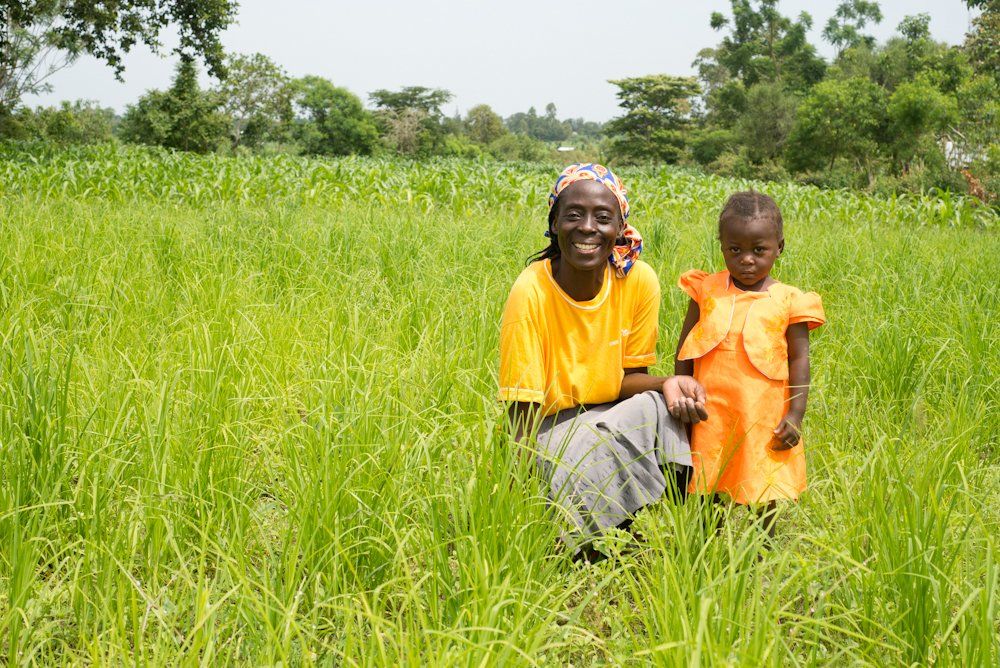
In just one season, Beatrice had gone just scraping by to having more than enough to feed her family. At first, Beatrice’s children were surprised at the sight of millet ugali. They had only ever known maize ugali, which is white in color, and felt the millet ugali, brown in color, looked like mud. However, after trying the millet, they were surprised to find they really liked it.
“I like feeding my family millet because it fills them for a long time and gives them energy for the whole day. My children look strong and healthy and they are performing well in school,” Beatrice says proudly.
Millet is not only a source of food for Beatrice; it also provides a constant supply of cash. When she needs money, she can sell some of it. A two-kilogram tin fetches $1.84 USD at the market.
Invigorated by her newfound success, Beatrice continues to work hard to produce even more food for her family. In the current season, she has planted a half-acre of millet and a half-acre of maize. She now looks forward to a brighter future where her family won’t ever go hungry again.
